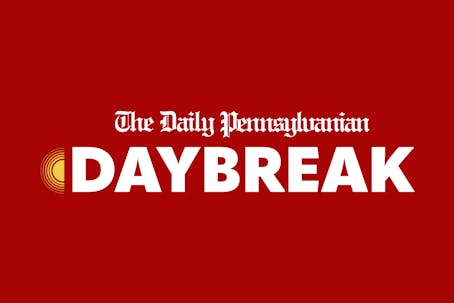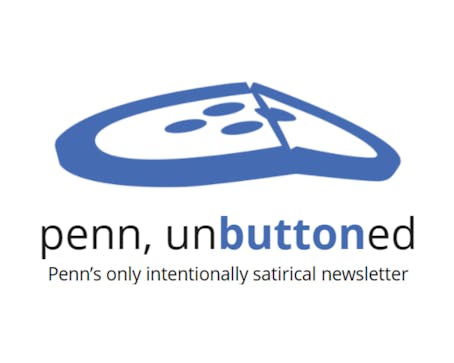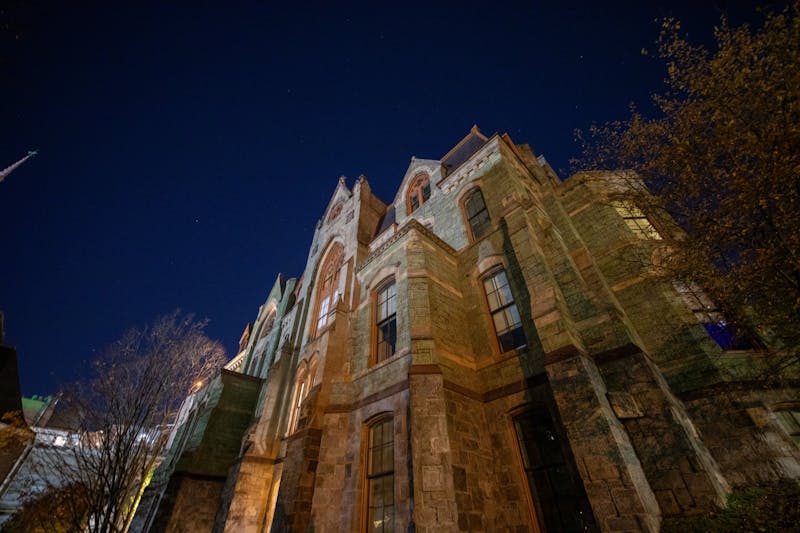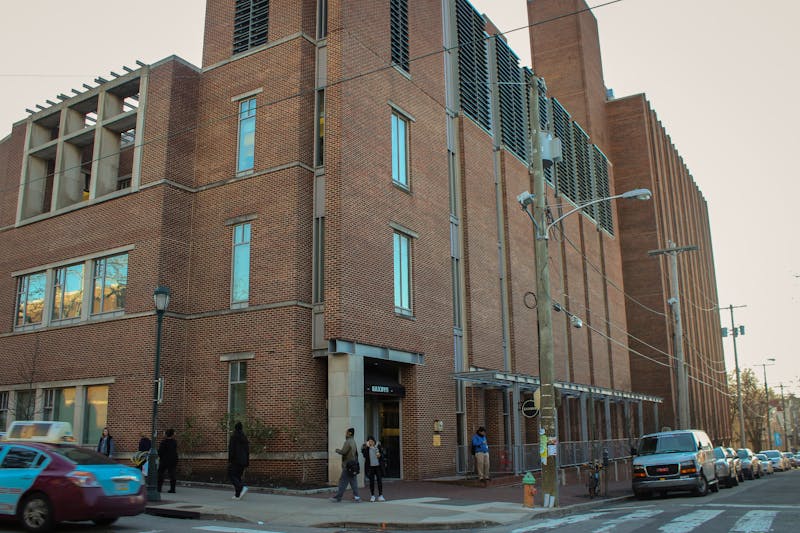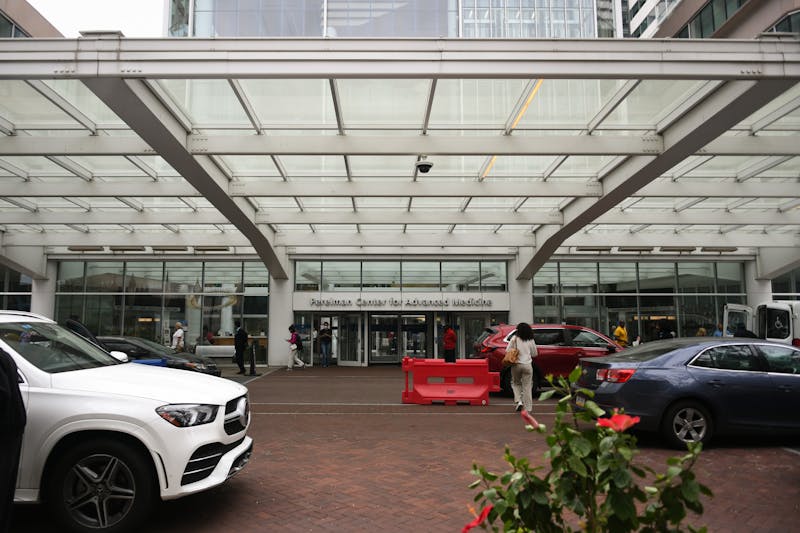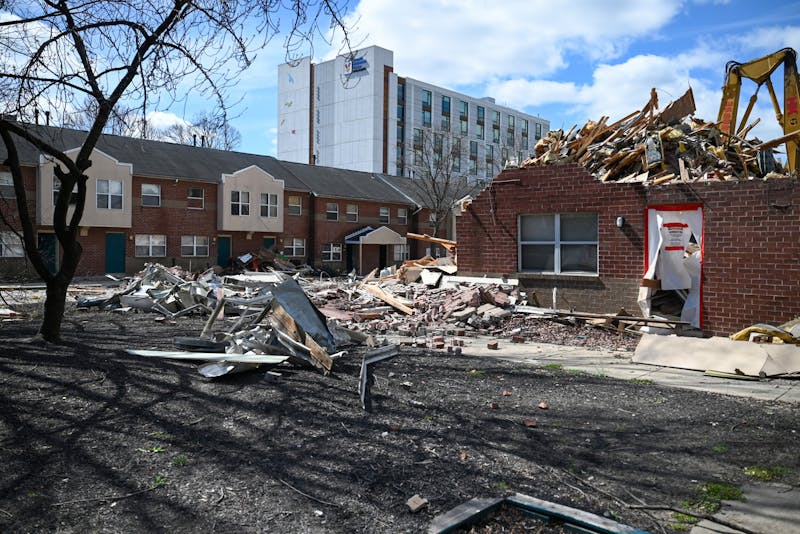
A flurry of federal employee layoffs by the Trump administration have put national parks and wildlife refuges — including those in the Philadelphia area — at risk.
The dismissals come as part of a large-scale reduction of the federal workforce by the Department of Government Efficiency.1968 Wharton graduate and President Donald Trump backed DOGE’s actions, claiming the efforts would help to eliminate “hundreds of billions of dollars” going to “nonexistent” federal employees. Amongst the agencies targeted were the U.S. National Park Service, the U.S. Fish and Wildlife Service, and the U.S. Forest Service.
More than 1,000 National Park Service employees have lost their jobs nationwide, with the most recent round of layoffs targeting probationary workers, according to CBS News.
On Friday, Feb. 14, two employees at Independence National Historical Park in Philadelphia were fired.
Elizabeth Savastana, who began her position on Jan. 27 as the community engagement and volunteer program manager at Independence Historical National Park, was notified that she would be let go last Friday from an email sent by the Deputy Director of Management and Administration for the National Park Service.
The email cited “failure to demonstrate fitness or qualifications” during the position’s trial period, as well as inadequate “subject matter, knowledge, skills, and abilities” for the department.
“[It’s] frustrating … because I was there for such a short time, [and] we didn’t have an opportunity to determine what my success in the role would look like,” Savastana said in an interview with The Daily Pennsylvanian. “I didn’t even have time to show that I was or was not qualified.”
The effects of these workforce cuts, including reduced visitor center hours and failure to deliver community-based programming, are already being observed in National Parks across the country, according to Savastana.
“If there’s [only] a couple people left to do all the jobs of everybody, no one single job is going to be done as best as it can be,” Savastana said. “[It places] an undue burden on the people who are left.”
According to American Federation of Government Employees Local 2058 President and Independence Historical Park employee Ed Welch, the Park was already short staffed by more than 30 employees before the recent layoffs, leading to the closure of several historic buildings.
The federal downsizing also included 420 U.S. Fish and Wildlife employees, causing staffing issues at protected wildlife areas nationwide.
Philadelphia's John Heinz National Wildlife Refuge is among those impacted. Individuals in roles focused on outreach, community engagement, and monitoring restoration projects were recently fired.
According to Jaclyn Rhoades, who serves on the board of Friends of the Heinz Refuge, employees were not given advance notice of their termination, leaving them no time to plan for alternative employment. Rhoads also criticized the federal government’s emphasis on “efficiency” as a money-saving strategy.
“The threshold was, if you were not employed for a year or greater, you’re gone,” Rhoads said. “It didn’t matter if they were the most efficient, resourceful, and productive employees out there. [It] didn’t matter that they had been waiting for this job for years … all that mattered was a time frame.”
The Heinz Refuge was the first urban refuge in the U.S., created to protect the last remaining wetland marsh area around Philadelphia. Now, with community liaisons gone and restoration projects interrupted, Rhoads is concerned for both the ecosystems and communities that the Refuge serves.
“We have to remember that this refuge system, as well as other public lands, provide an extraordinary benefit to people’s health,” Rhoads said. “Both by [allowing] them to use these spaces, and also in terms of water quality improvements, air quality improvements, and restoration projects … so there are many direct as well as indirect ways in which these cuts will have an impact.”
According to Rhoads, the workforce cuts are only the beginning. Restrictions on resources and funding to refuges are imminent, she said, which could lead to reduced hours of public access and increased rates of vandalism.
Rhoads also foresees the use of protected public lands for the oil, gas, and lumber industries.
“It’s like a private giveaway to corporations, where they can get cheap products that they turn around and sell to people, even though it’s the people’s land, for a higher value,” Rhoads said. “[They’re] making money off of all of us.”
The Daily Pennsylvanian is an independent, student-run newspaper. Please consider making a donation to support the coverage that shapes the University. Your generosity ensures a future of strong journalism at Penn.
Donate